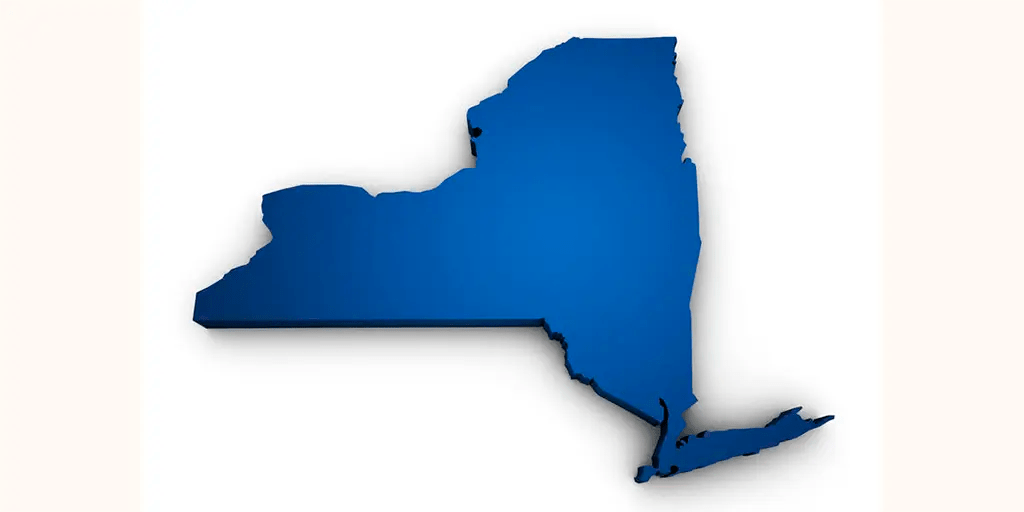For decades, geologists have been puzzled by the Denali Fault, a sprawling 620-mile geological feature in Alaska. This massive strike-slip fault system, where tectonic plates slide past each other horizontally, has long hinted at a deeper story—one that shaped North America’s western edge over millions of years. Recent research has finally uncovered the truth behind this mysterious fault, revealing that three distant geological sites, once thought to be separate, were part of a unified suture zone that fused two ancient landmasses into the North American plate.
Led by Sean Regan of the University of Alaska Fairbanks, this study provides groundbreaking insights into the tectonic forces that tore these regions apart over time. Using cutting-edge analysis and a wealth of geological evidence, the team has pieced together a story of massive tectonic shifts, inverted metamorphism, and the power of Earth’s dynamic crust.
A Unified Geological History Revealed
The Denali Fault spans over 1,200 miles, cutting across Alaska and Canada’s Yukon Territory. Its geological complexity has made it a focal point for scientists seeking to understand the processes that shaped North America’s lithosphere. However, the mystery of three specific sites—Clearwater Mountains in Alaska, Kluane Lake in the Yukon, and the Coast Mountains near Juneau—remained unsolved. Were these regions formed independently, or did they share a common origin?
Sean Regan and his team’s research revealed that these sites were once part of a single terminal suture zone, the location where two tectonic plates collided and fused together. This zone, formed between 72 and 56 million years ago, marked the final integration of the Wrangellia Composite Terrane—an ancient oceanic plate—into North America. Over millions of years, tectonic forces caused horizontal movement along the fault, tearing the suture zone apart and scattering its fragments across hundreds of miles.
“Our understanding of lithospheric growth along the western margin of North America is becoming clearer,” Regan explained. “A big part of that is related to reconstructing strike-slip faults such as the Denali Fault.”


The Key Role of Inverted Metamorphism
One of the most striking pieces of evidence connecting these sites is the phenomenon of inverted metamorphism. Typically, rocks formed under higher temperatures and pressures are found deeper in the Earth’s crust, while those formed under lower conditions are closer to the surface. However, in these regions, the order is reversed—rocks formed at greater depths are found above those formed under less extreme conditions.
Regan noted: “We showed that each of these three independent inverted metamorphic belts formed at the same time under similar conditions. Not only are they the same age, but they all behaved in a similar fashion.”
By analyzing monazite, a mineral rich in rare earth elements, Regan’s team traced the geological evolution of rocks at each site. Monazite’s unique properties allowed the researchers to track changes in temperature and pressure over time, further confirming the shared history of these regions.
The Denali Fault’s Impact on North America
The Denali Fault’s significance extends beyond its geological intricacies. As a major strike-slip fault, it remains active and capable of generating powerful earthquakes. Understanding its history provides critical insights into the tectonic forces that continue to shape Alaska’s landscape today.
The fault also serves as a natural laboratory for studying plate tectonics. Its role in the accretion of the Wrangellia Composite Terrane illustrates the processes by which distant landmasses are integrated into larger continental plates. These insights are invaluable for reconstructing Earth’s tectonic history and understanding how continents evolve over time.
Decades in the Making
This breakthrough builds on decades of geological research. A 1993 study by scientists at the University of Alberta and the University of British Columbia first suggested similarities between the Denali Fault sites but stopped short of identifying them as a unified structure.
“It was amazing to me that the 1993 paper hadn’t caught more attention back in the day,” Regan remarked. “I had this paper hung up on my wall for the last four years because I thought it was really ahead of its time.”
Regan’s work combines modern techniques with earlier observations to provide a more complete picture of the fault’s history. By piecing together data from multiple regions, the team has connected the dots to reveal the larger tectonic story.
Implications for Geological Science
The Denali Fault study has significant implications for our understanding of plate tectonics and lithospheric growth. By identifying the suture zone that joined the Wrangellia Composite Terrane to North America, the research sheds light on the processes that create and reshape continents.
This work also underscores the importance of collaboration and interdisciplinary research in solving complex geological puzzles. By integrating field observations, mineral analysis, and tectonic reconstructions, Regan and his team have provided a model for studying other fault systems around the world.
“The dots don’t really get connected until you can reconstruct deformation on the Denali Fault,” Regan explained. This study serves as a reminder of the dynamic nature of Earth’s crust and the immense forces at work beneath our feet.
Got a reaction? Share your thoughts in the comments
Enjoyed this article? Subscribe to our free newsletter for engaging stories, exclusive content, and the latest news.










Leave a Comment